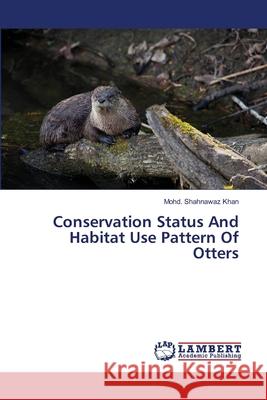Conservation Status And Habitat Use Pattern Of Otters » książka
Conservation Status And Habitat Use Pattern Of Otters
ISBN-13: 9783659484186 / Angielski / Miękka / 2013 / 56 str.
Studies on Otters ecology have been largely inspired by a decline in their populations all over their range of distribution and a perception that it is a keystone species in the wetland ecosystem. Deficiency of baseline data on its distribution and ecology is a major constraint that species conservation is facing in India. Thus to ascertain the conservation status and habitat use pattern of Smooth coated Otter in Hastinapur Wildlife Sanctuary, north India the study was conducted in the year of 2010. The occurrence of Otters along Boodhi Ganga is attributed to habitat features such as deep waters forming pools, prey availability, presence of shoreline vegetation and gentle bank slopes. Otter occurrence was found to be associated with deep pools that provided good foraging grounds. Shoreline vegetation is important in providing suitable terrestrial habitats for Otters and also serves as escape cover. Gentle bank slopes are favored by Otters as it reduces energy expenditure while foraging or grooming activities. The findings of the survey append the new locality record in the distribution range of Smooth coated Otter in north India.











